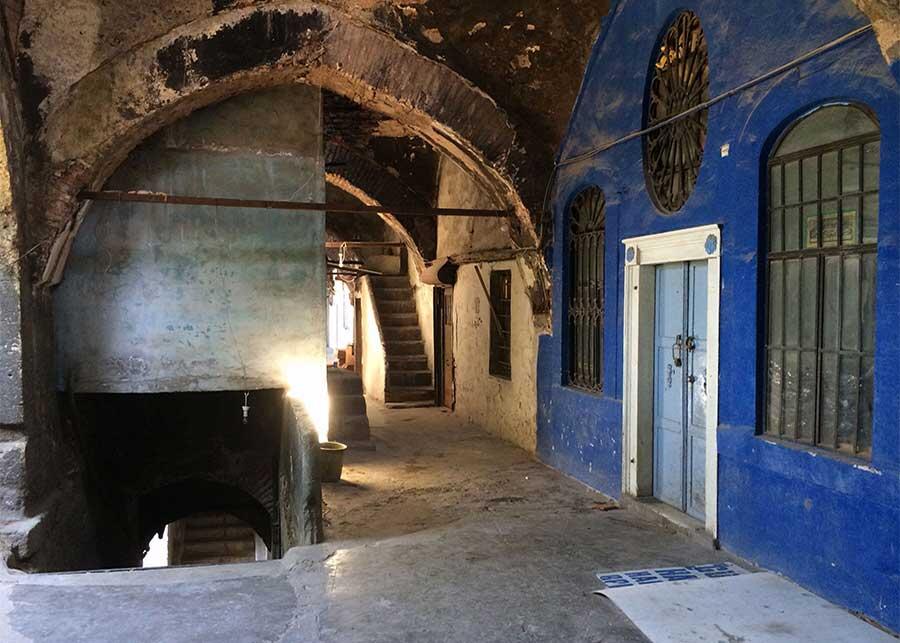
We gathered near the historic Pera Palace Hotel, a short stroll from our residence, the equally storied Grande Londres Hotel. We crossed the Golden Horn and walked to Kadir Has University, which had graciously authorized its Istanbul Studies Center, directed by Murat Güvenç, to host our research. After a kickoff lecture by Çiğdem Kafesçioğlu of Boğaziçi University, we set off on a whirlwind tour of historic old ‘Stamboul’ with Eve Blau of Harvard’s Graduate School of Design and Max Hirsh of the University of Hong Kong.
After an expansive lecture on the transition era from the Byzantine to the Ottoman rule in Istanbul, Professor Kafesçioğlu took us through the heart of the historic city, marching us down some of its oldest commercial arteries – and stopping along the way to note the themes of 1) continuity, 2) conversion, and 3) citation between the reigning Ottomans and the ancient regime that marked the built environment of the period. On-site lecture topics included the urban sensibility (and beautiful Iznik tile) behind Sinan’s design of the Rüstem Pasha Mosque, the cosmopolitan traditions and practical logistics of the Spice Bazaar, and a worthwhile digression on the archetype of the multipurpose han (an urban structure evolved from the nomadic caravanserai).
The Ottoman han was the urban evolution of the multipurpose waystations that littered caravan routes throughout pre-modern Middle East and Central Asia; over the course of several centuries they developed into the precursors of communal city housing, small-scale manufacturing centers, and commercial hubs. Professor Kafesçioğlu reserved exclusive access to the rooftop of Yeni Han for the group, and continued her lecture overlooking the han’s courtyard, with breathtaking views of the city in the background.


